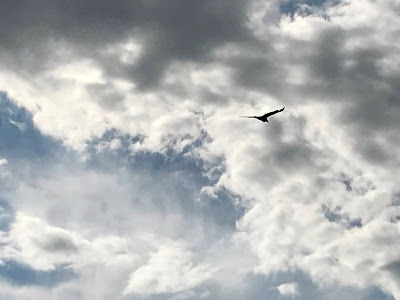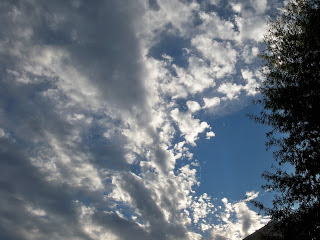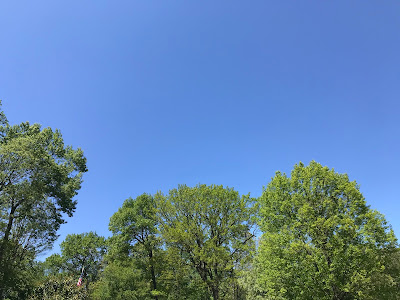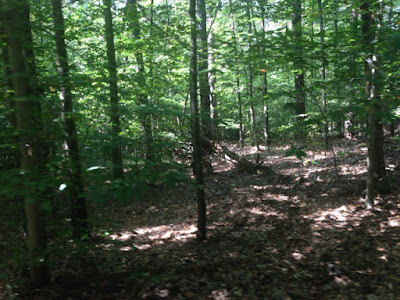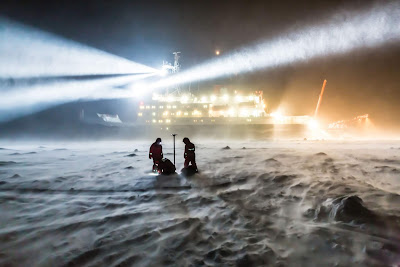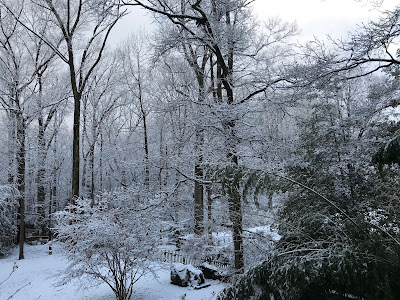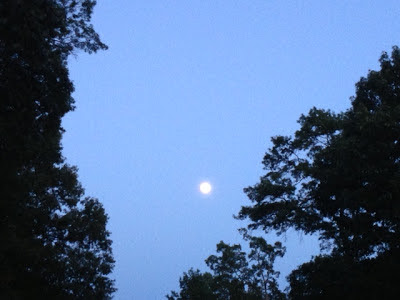Like the underworlds Robert Macfarlane plumbs in his book Underland: A Deep Time Journey, there is much going on beneath the surface in this marvelous new offering by one of my favorite authors.
And there would have to be to combine prehistoric cave art, Parisian catacombs, the “wood wide web” (the fungal and rooted connectedness of trees in the forest), underground rivers, sweating icebergs and burial sites for nuclear waste — all in one book.
One theme that ties them together, besides Macfarlane’s exploration of them (no one is better than he at describing fear) is a growing recognition of the Anthropocene, the geologic age that experts have come to accept we are living through, one defined by human influence on the environment.
To comprehend the enormity of this designation, Macfarlane brings many tools to bear — literature, myth, science, philosophy and language, always language. “Words are world-makers — and language is one of the great geologic forces of the Anthropocene,” Macfarlane writes. But of the many terms for this “ugly epoch,” only one seems right with Macfarlane — “species loneliness, the intense solitude that we are fashioning for ourselves as we strip the Earth of the other life with which we share it.”
“If there is human meaning to be made of the wood wide web,” he continues, “it is surely that what might save us as we move forwards into the precarious, unsettled centuries ahead is collaboration: mutualism, symbiosis, the inclusive human work of collective decision-making extended to more-than-human communities.”
And so the image at the heart of these pages, he explains, is that of an opened hand — extended in greeting, compassion, art — the prehistoric hand prints in ancient cave paintings and the touch of his young son’s hand.
I know I will write more about this wonderful book; this is a start.
